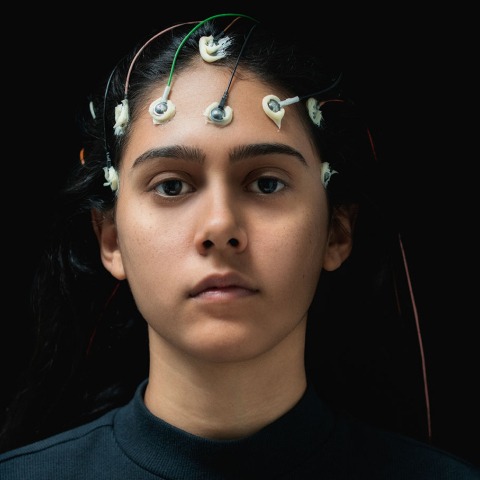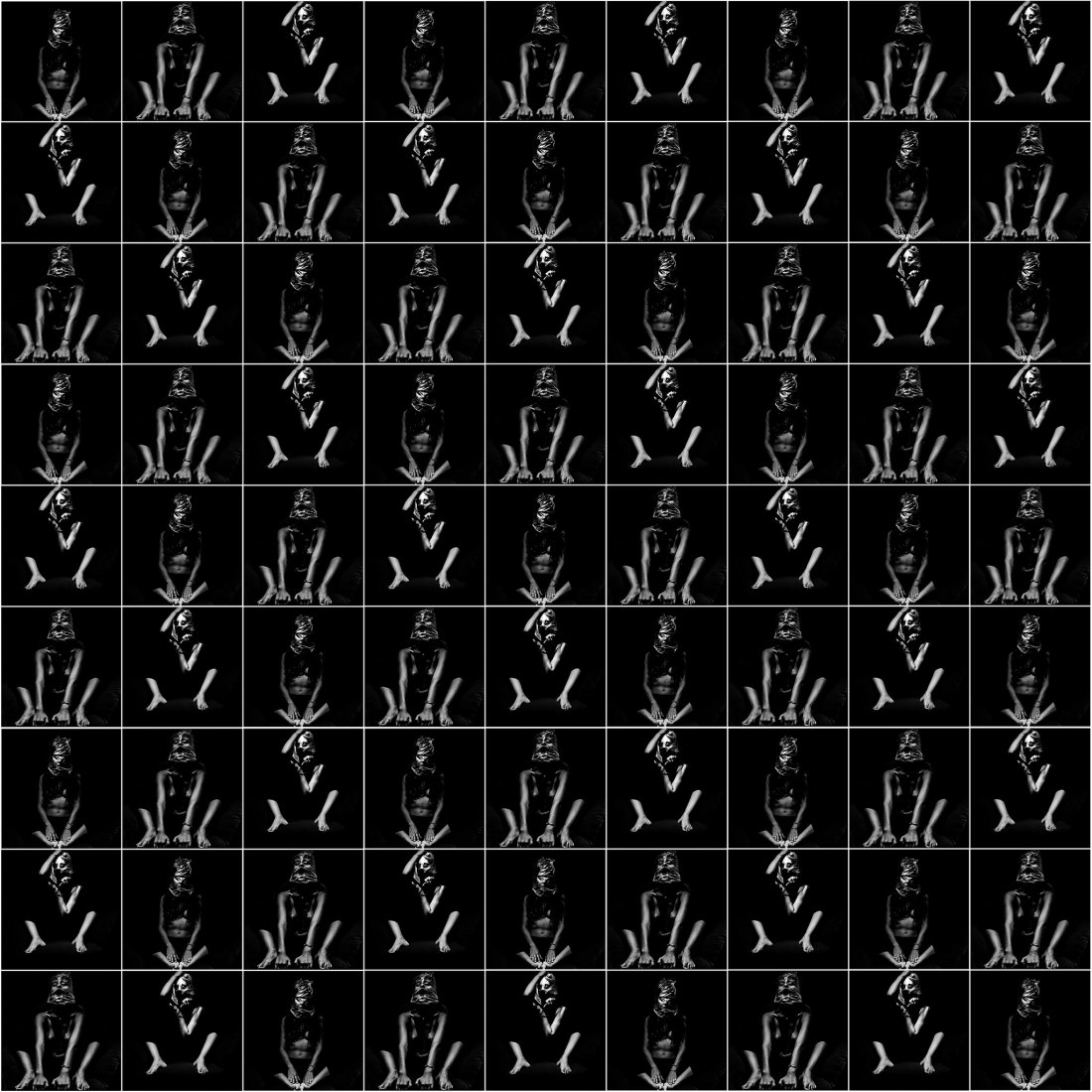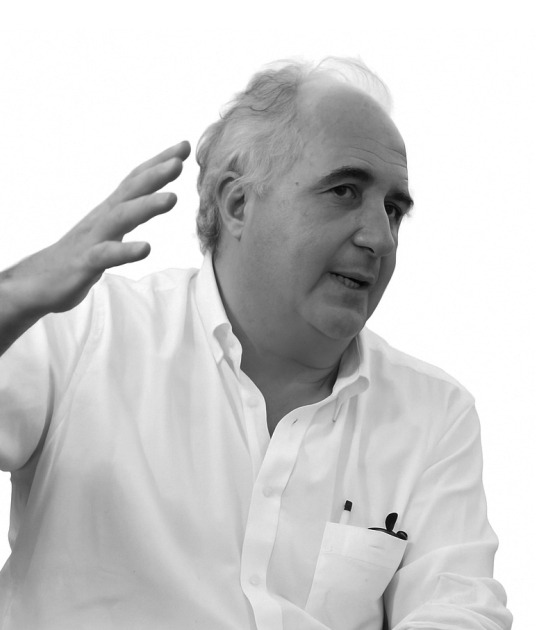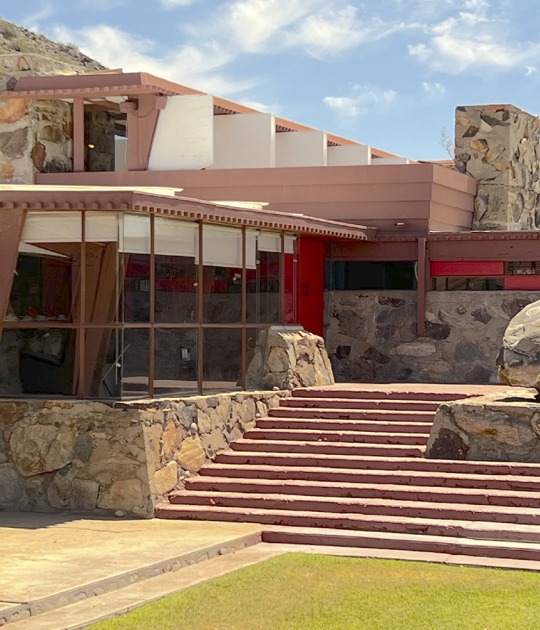Alejandra Glez, with her effort and work, has managed to make numerous singles exhibitions. Between 2019 and 2020 her work could be seen in various places in Spain such as Asturias with the exhibition ¿Ser mujer es un delito? At the Aurora Vigil-Escalera Gallery or in Madrid with Otredad. She has been taking her work to other countries such as Peru, where she exhibited Esencia in 2018, or the United States, with My house is my body in New York.
Among the group exhibitions in which she has participated, we can highlight El Arte de No estar Calladas at the Gorría Gallery-Workshop (Havana, 2020), Pixan Vol. II at Casa Pixan (Mexico City, 2020), or Un viaje de ida y vuelta for the Luciano Méndez collection in Salamanca, also in 2020.
Alejandra aims to address female identity in her work, especially through the body. She tries to get away from the sexualization that she has been given for a long time to show it naturally, besides, she moves away from the normative canons in all her work to show very different bodies from each other.
Her work goes far beyond photography, the field in which she began, as it goes through different areas such as photomontage, installations, performance, or video art. In all of them, you can see how it reflects and channels individual realities, often even its own, which, in turn, become collective realities.
The artist confesses that she does not yet have a favorite work of her own, however, there is one that, for her, has marked a before and after Sea in the background: presence.
Among the group exhibitions in which she has participated, we can highlight El Arte de No estar Calladas at the Gorría Gallery-Workshop (Havana, 2020), Pixan Vol. II at Casa Pixan (Mexico City, 2020), or Un viaje de ida y vuelta for the Luciano Méndez collection in Salamanca, also in 2020.
Alejandra aims to address female identity in her work, especially through the body. She tries to get away from the sexualization that she has been given for a long time to show it naturally, besides, she moves away from the normative canons in all her work to show very different bodies from each other.
Her work goes far beyond photography, the field in which she began, as it goes through different areas such as photomontage, installations, performance, or video art. In all of them, you can see how it reflects and channels individual realities, often even its own, which, in turn, become collective realities.
The artist confesses that she does not yet have a favorite work of her own, however, there is one that, for her, has marked a before and after Sea in the background: presence.
“It was a conclusion of several series. It talks about femicides, gender violence, how so many women die and how that sea removes all the bodies that do not correspond to the outside”.
Alejandra Glez
In this work, numerous women have collaborated, in many cases, friends and friends of friends, among whom the word spread and they contacted her. Besides, we must value the great work of pre-production and post-production that hides behind it.
Among her great references are women such as Frida Kahlo or Ana Mendieta, who used their bodies as a form of expression. With this last account, she feels:
“a very strong connection, it makes me want to live, it connects me with the earth, with that feeling of being a woman and its value”.
Alejandra Glez
The truth is that you cannot understand the work of either of them without the other, such as the connection that Alejandra Glez came to go to New York, where Mendieta lived, to get to know her environment and friends. Also, she paid tribute to her in La vida es inmortal cuando acaba in Havana, where Mendieta's work has rarely been shown.
All this lays the foundations to better understand the work of this multidisciplinary artist whose work defines her as highly emotional and personal, in it she tells about her experiences, especially as a woman in a strongly macho society such as Cuba, but also her traumas.
What backs up her work is:
“the female body and feminism. The body is a liberation from everything material, from everything that can put a name or stigma on a person. Feminism is nothing more than that fight against problems and in favor of equality ”.
Alejandra Glez
Her art not only involves her but so many people, whether they are women or not, that they come to socialize with the problem she tries to show. For this reason, she admits that she is very delicate when she decides to expose another person, instead of herself, and that you have to know very well how to do it. Even thanks to her work and the visibility she has, many women have come to contact her to, for example, ask for help in a situation of abuse.
Regarding her career, it must be emphasized that it has not been thanks to any kind of luck, but that she has been building her path. A journey that has flowed as ideas and works arose, this is because nothing is fake and only tells the truths of themselves and other women. "Holding the hand of something invisible", as Alejandra explains.
Behind their work, there is great research work, it is not just thinking about the idea. When she decides to work with other women, she maintains a close relationship in which she gets to know their experiences, their traumas, and their fears. From there it starts when it comes to reflecting them from a psychological point of view, but also an anthropological one.
On the other hand, when it came to performances, she never knew she was ready to do them until she did. It is a sensation that cannot be explained, like a trance, something that photography did not provide, although it should be clarified that his photographs are performative.
She has anxiety attacks, which can make her lose consciousness. One of his most impressive performances is during one of them, which was caused for it, in what he considers a unique experience. After that, she felt a great release, but also that his body had been hurt.
“When you hurt yourself, you provoke yourself, for better or for worse, all that the viewer ends up feeling, because it's true, it's a catharsis. That is why the work is called that. I needed people to see that so that it was a way to close".
Alejandra Glez
The truth is that this Cuban artist has a long career ahead of her, which is becoming more and more personal, although she is indebted to a significant past. Her art is a cry in the silence of society that only sees female bodies in a sexualized way and as an object of consumption. We will have to be attentive to their new projects, which will surely not leave anyone indifferent.
































